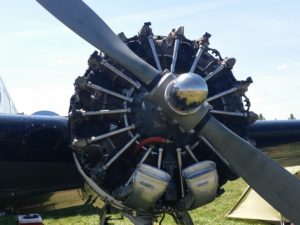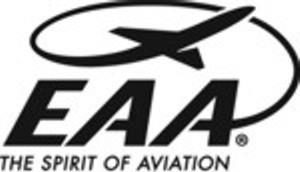Question – Should I Overhaul?
My aircraft engine is due for its overhaul. Should I overhaul? What’s the best, rebuilding what I have or replacing it with a new engine?
Answer – In the world of aviation there are lots of difficult decisions and this is one of them. An owner of an aircraft can have their existing engine rebuilt at a local engine shop or FBO, or they could have it sent to a shop that specializes in engine overhauls. They could also decide that they just want to buy a factory overhaul or re-manufactured engine.
First I’d talk to your mechanic. While they personally might not do the overhaul they can have a few opinions from their experience. Typically anytime you put in a factory engine (overhaul or re-manufacture) the resale will probably be better. It doesn’t necessarily mean it will be a better engine. Just a well know name behind it.
If the engine is a low total time engine or has never been overhauled, I’d probably use the same engine again. If it is the third or fourth overhaul, I might want to exchange it for a factory re-manufactured engine. That many overhauls can wear out parts and an overhaul can be almost as expensive as a factory re-manufactured engine.



